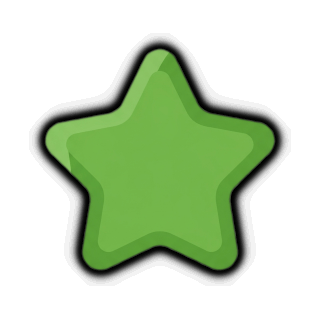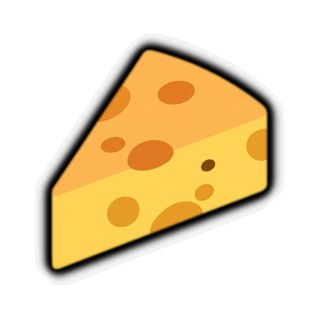Core Concepts
This page explains the fundamental resources, game states, and the overall structure of a run in The Scene.
Core Resources
Your success depends on managing four key resources:
-
 Hype: This is the energy you need to play cards. Represented by a green star, Hype is your primary in-encounter resource. You’ll start each encounter with a set amount of Hype, and many card abilities will help you gain more. Any leftover Hype at the end of a victorious encounter is converted into Accolades.
Hype: This is the energy you need to play cards. Represented by a green star, Hype is your primary in-encounter resource. You’ll start each encounter with a set amount of Hype, and many card abilities will help you gain more. Any leftover Hype at the end of a victorious encounter is converted into Accolades. -
 Culture: This is your score, represented by a purple trophy. To win an encounter, you must accumulate enough Culture to meet the current Adversary’s Culture Threshold. Culture is primarily gained when your cards successfully “score” by reaching the top of a lane.
Culture: This is your score, represented by a purple trophy. To win an encounter, you must accumulate enough Culture to meet the current Adversary’s Culture Threshold. Culture is primarily gained when your cards successfully “score” by reaching the top of a lane. -
 Cheese: This represents controversy, tackiness, or just plain bad vibes. Represented by a slice of orange cheese, this is a penalty you want to avoid. If your total Cheese ever exceeds the Adversary’s Cheese Tolerated threshold, you immediately lose the encounter. Certain cards and abilities generate Cheese, so manage it carefully!
Cheese: This represents controversy, tackiness, or just plain bad vibes. Represented by a slice of orange cheese, this is a penalty you want to avoid. If your total Cheese ever exceeds the Adversary’s Cheese Tolerated threshold, you immediately lose the encounter. Certain cards and abilities generate Cheese, so manage it carefully! -
 Accolades: This is the meta-currency of the game, earned by winning encounters. You use Accolades in the Shop Phase between encounters to purchase new cards, booster packs, and other upgrades to build a stronger deck for your run.
Accolades: This is the meta-currency of the game, earned by winning encounters. You use Accolades in the Shop Phase between encounters to purchase new cards, booster packs, and other upgrades to build a stronger deck for your run.
Game Structure
A single playthrough of The Scene is called a “run.” A run is composed of a series of encounters against Adversaries, with a shop phase in between each.
Encounters & The Board
Encounters are where the core gameplay happens. The board is composed of four vertical lanes, each with five slots. You play cards from your hand to the bottom slot of a lane.
The Shop Phase
After successfully completing an encounter, you’ll enter the shop. Here, you can spend your hard-earned Accolades to improve your deck. The shop offers:
- Booster Packs: Packs of cards that let you discover new characters and abilities.
- Individual Cards: Sometimes specific cards are for sale.
- Rerolls: Don’t like what’s on offer? You can pay to refresh the shop’s inventory.
Deck-building is key, and the shop is where you make the strategic decisions that will shape your run.
Turn Structure
Each turn in an encounter is broken down into several phases:
- Start of Turn: Some abilities trigger, and the Adversary may deploy an Obstacle to the board.
- Draw Phase: You draw one card from your deck.
- Play Phase: This is your main action phase. You can:
- Play one card from your hand to the bottom of a lane.
- Attach Actor or Writer cards to Role cards already on the board.
- Activate special abilities on your cards.
- Instead of playing a card, you may discard one card for a small Cheese penalty.
- Movement Phase: All cards on the board that weren’t just played or interacted with move up one slot in their lane. If a card moves past the top slot, it scores!
- End of Turn: End-of-turn abilities trigger, and play proceeds to the next turn.